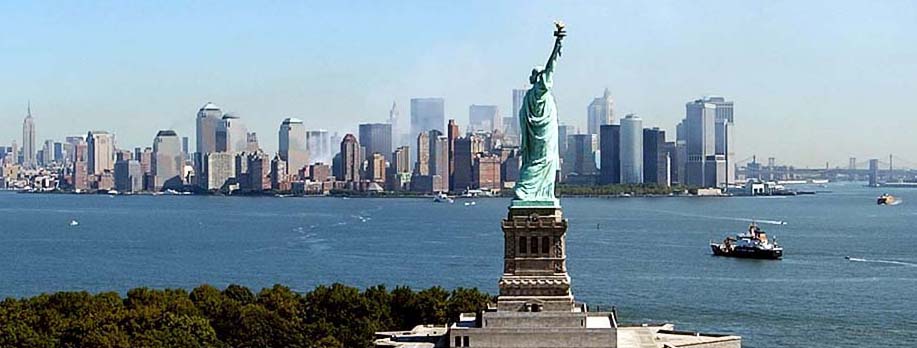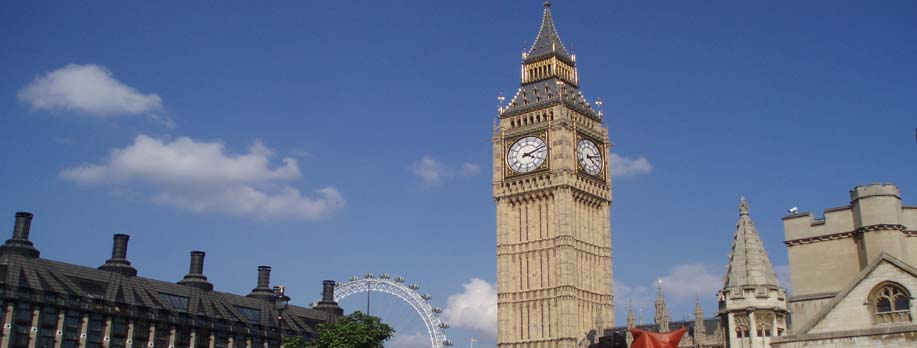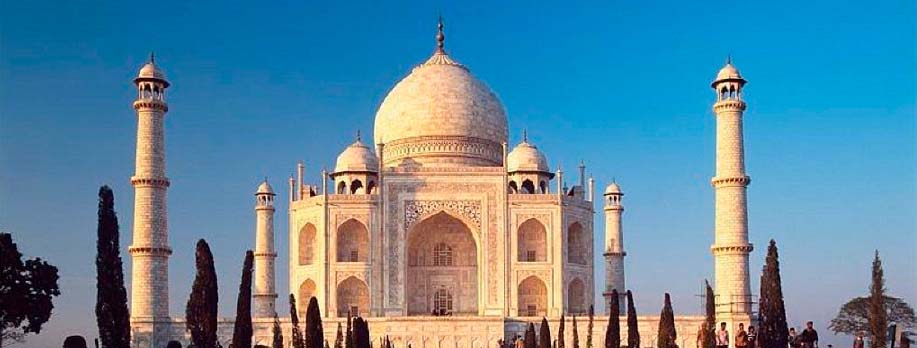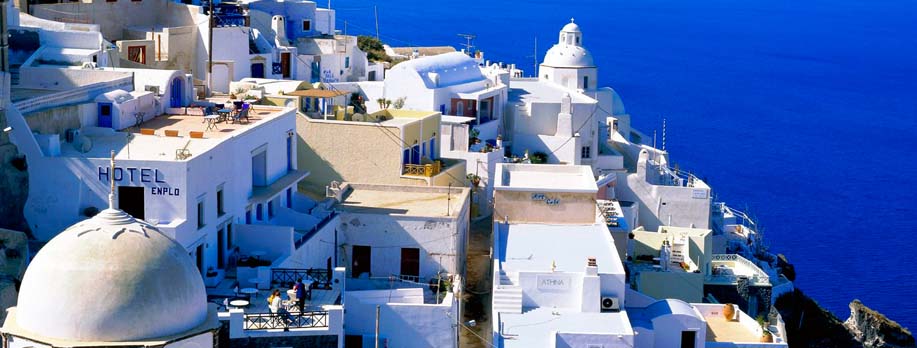| GWALIOR FORT - Gwalior | |
|
The foundation of the Gwalior Fort was laid by Raja Suraj Sen on the advise of Sage Gwalipa some 1,000 years ago on a hill where he was supposedly cured of his leprosy. The Gwalior Fort occupies the whole of the enormous rock it sits on. Some estimates claim that it is the largest structure of its kind in the world. The outer wall of the fort stands 3.2 km (2 miles) in length and 35 m in height. A steep road winds upwards to the fort. On both sides of the road, cut deep into the rock and towering over the proceedings, are scores of Jain statues. Some of these are two or three storeys high and carved, in some cases, more than 2 m into the rock surface. |
 |
| GUJARI MAHAL AND ARCHAEOLOGICAL MUSEUM - Gwalior |
| If Man Mandir reflects Man Singh/’s aesthetic sensibilities, Gujari Mahal speaks of his love for his ninth Gujar wife, Mrignayni, for whom he built a special palace outside the fort. It is now a museum and houses a very extensive collection of stone carvings, many of them rare and exquisite. The courage and beauty of Mrignayni and her love with Raja Man Singh are now a part of popular folk tradition. |
| MAN MANDIR PALACE - Gwalior |
| Lest the unwary might sometimes suppose, the Man Mandir is not a temple but a palace. It is the fort/’s piece de resistance. The palace built by Man Singh Tomar between 1486 and 1516 is a delicate structure exhibiting a sense of joy and abandon through use of colour, motif, and design. This palace is also known as the Chitra Mandir or the Palace of Paintings because of the tiled and painted decorations of peacocks and other birds. There are chambers for affairs of state as well as those for relaxation, adorned appropriately and ornately with carved animals, flowers, and the human form. |
| SAS-BAHU TEMPLES - Gwalior | |
|
The Sas-Bahu temples, in another part of the fort, are not dedicated to a mother-in-law (Sas) and daughter-in-law (Bahu) as is sometimes supposed. Sas-Bahu is the name traditionally given to two adjoining temples of different sizes. The larger of the two is profusely sculpted with graceful figures and intricate patterns. This is apparent in the interior where, above the sculpted walls and pillars, an elaborately carved lotus adorns the roof. |
 |
| SURAJ KUND - Gwalior |
| Built in the 15th century, references to the Suraj Kund complex can be traced as far back as AD 425. Suraj Kund existed much before the city of Gwalior and is considered the place where Sage Gwalipa cured Suraj Sen of leprosy from the waters of this pond. |
| MEMORIAL OF TANSEN - Gwalior |
| Adjacent to the tomb of Ghaus is another small white, austere tomb. This is the memorial dedicated to Tansen, a famed musician, and one of the nine gems of Akbar/’s court. At this place is held the annual Tansen Sangeet Samaroh, a world-renowned music festival, which brings forth the essence of Gwalior and its rich heritage of classical music |
| TOMB OF MOHAMMAD GHAUS - Gwalior |
| At another point in the city is the tomb of Mohammad Ghaus, a saint of the Islamic faith of the 16th century. Although of little importance from a historical perspective, the sheer beauty of the tomb is breathtaking. The stone carving for which the skilled artisans of Gwalior were justly famous is apparent in the huge panels of lacy screen work, which combine with an interesting architectural design to create a delicate, ethereal appeal. |
| TELI-KA-MANDIR - Gwalior |
| Contrasting with the predominant North Indian style of architecture is the Teli-ka-Mandir. This temple, built in the ninth century and Dravidian in form, is believed to be the oldest in the fort. The sculptures are distinctly North Indian. Some believe it was so named because it was built in the Telengana style; others say this was because it was built by telis (oil merchants). A more recent study ascribes it to Telap Raj, a prime minister of the region. Dedicated to Lord Vishnu, a garuda (mythical bird) can be seen on top of the 10-metre-high doorway |
| KALA VITHIKA - Gwalior |
| Situated near the Gwalior Railway Station in the heart of the city, Kala Vithika is a good place to venture into if you want some information on the history and culture of Gwalior. The museum is open on all days except Sundays and holidays |
| SURYA MANDIR - Gwalior |
| Another important tourist attraction of the city is the Surya Mandir (Sun Temple), a replica of the famed Sun Temple at Konark in Orissa. The temple was built by G. D. Birla, the famous industrialist of India. |
| SCINDIA MUSEUM - Gwalior |
| Much of modern Gwalior is associated with the Scindias who were prolific builders. The Jai Vilas Palace at Lashkar is an opulent Italianate structure, set in carefully laid lawns. Part of the palace functions as residence of the royal family while the other has been converted into a museum that effectively documents a more leisurely and princely lifestyle. The museum exhibits, consisting of collections of the Scindia family, include such things as chandeliers weighing several tons, a silver toy train whose wagons were used as serving dishes, and a glass cradle from Italy used for the Lord Krishna at Janmashtami. |
Gwalior City Travel Guide |
Sight Seeing of Gwalior |
Excursion in Gwalior
Gwalior Hotels










